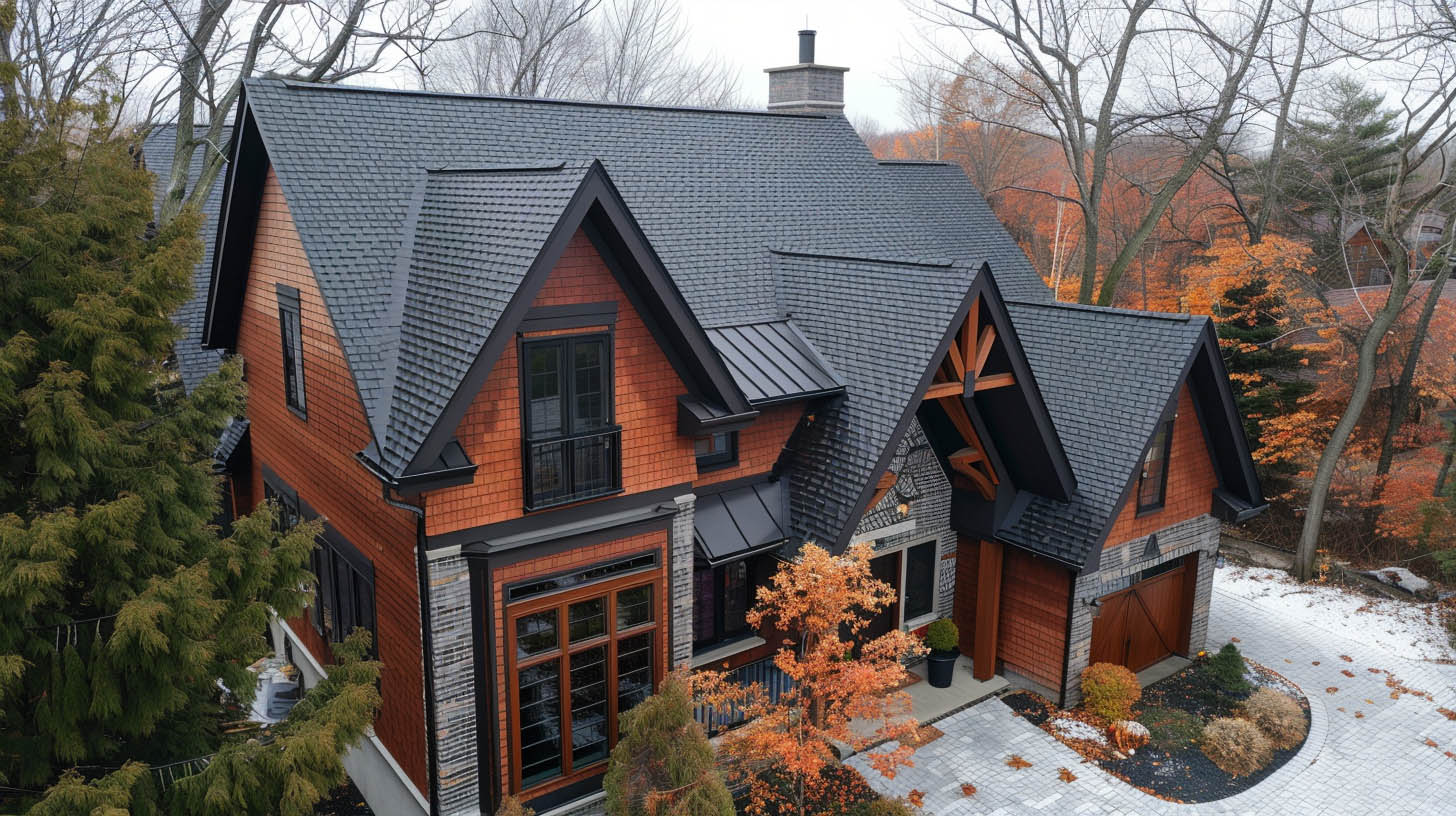Introduction
Effective roofing maintenance is pivotal not only in extending the lifespan of your roof but also in mitigating expensive repairs and replacements. This guide outlines a comprehensive roofing maintenance plan that ensures optimal performance and longevity of your roofing system, offering peace of mind and significant cost savings over time.
Developing a Roofing Maintenance Plan
Initial Planning
Collaborate with your team to develop a roofing maintenance strategy. Whether you have a dedicated maintenance team or are coordinating with other leaders, the goal is to construct a plan that is thorough and actionable. Responsibilities should be clearly delineated, ensuring every aspect of the plan is executed efficiently.
Key Components of the Plan
- Scheduled Maintenance: Establish a routine for regular maintenance activities. This should include tasks such as debris removal after each season and checking for signs of wear or potential leaks.
- Regular Inspections: Set a schedule for inspections—typically semi-annually, with additional checks following severe weather events. These inspections will help identify any emergent issues that could escalate into major problems.
- Documentation Process: Maintain a detailed log of all maintenance and repair actions, including the condition of the roof, the procedures performed, and the effectiveness of each intervention. This documentation is crucial for tracking the history of the roof’s condition and planning future maintenance.
Maintenance Techniques and Best Practices
Seasonal Maintenance
Adapt your maintenance activities to the changing seasons:
Spring: Check for damage from winter storms, such as cracked or missing shingles and sealant failures. Clear any debris that has accumulated.Fall: Prioritize gutter cleaning to prevent water buildup and ice damming during the winter months. This is crucial to avoid water damage and ensure proper drainage.
Inspection Focus Areas
During inspections, focus on potential weak points:
Shingles and Tiles: Look for cracks, lifting, or any signs of wear.Flashings and Seals: Ensure that all seals and flashings are intact to prevent water penetration.
Structural Integrity: Check for any signs of sagging or structural wear that might indicate a compromised roof structure.
Addressing and Remedying Identified Issues
Immediate Repairs
Quickly address any issues identified during inspections to prevent deterioration. This may include:
Replacing damaged shingles or tiles.Reapplying or replacing sealant around flashings.
Ensuring gutters and downspouts are firmly attached and free from obstructions.
Long-Term Remediation Strategies
For issues that require ongoing attention, develop a remediation plan that includes monitoring and successive repairs. This proactive approach prevents the escalation of minor issues into costly repairs.
Financial Planning and Cost Management
Budgeting for Maintenance
Develop a detailed financial plan for routine maintenance and emergency repairs. Setting aside a budget for unexpected issues can significantly reduce financial strain when large-scale repairs are necessary.
Future Roof Replacement
Plan for eventual roof replacement by assessing the current roof’s age and condition. Consulting with roofing professionals like Summit Exteriors in Coeur d'Alene, ID, can provide you with an estimate of the remaining lifespan of your roof and the anticipated costs of replacement. This forward-thinking approach allows for strategic financial planning and ensures that you are prepared for the investment when the time comes.
Conclusion
Implementing a robust roofing maintenance plan is an investment in your property’s future. By taking proactive steps to maintain and inspect your roof, you not only extend its life but also optimize its performance against the elements. For expert advice and professional maintenance services, turn to Summit Exteriors, where our commitment to excellence and integrity ensures that your roofing needs are met with the highest standards of quality and service. Remember, regular maintenance not only saves money in the long run but also secures the safety and durability of your roofing investment.



